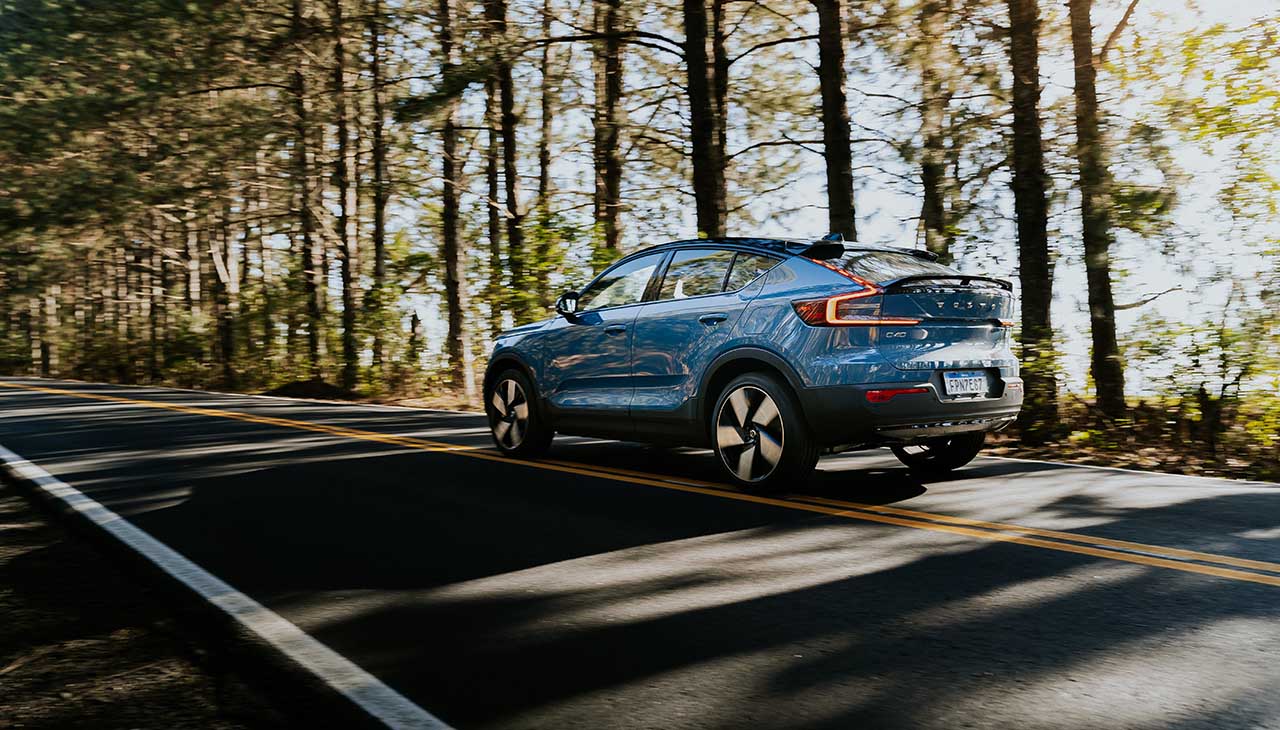Autonomous driving technology is advancing at an unprecedented pace, shaping a future where vehicles operate without human intervention. Within the next decade, we anticipate significant transformations in transportation, including improvements in safety, efficiency, and overall driving experience. The boundaries between mobility, technology, and infrastructure are rapidly blurring, giving rise to a connected ecosystem that promises to redefine our conventional understanding of personal and public transport. This section explores the potential developments we might witness as the era of autonomous vehicles (AVs) unfolds.
Current Challenges and Limitations
Technical Challenges
The road to mainstream autonomous driving is paved with complex technical challenges. These include the need for sophisticated algorithms capable of making split-second decisions, the development of advanced sensors and cameras that provide 360-degree perception, and the integration of machine learning to handle the unpredictability of real-world driving conditions. Ensuring consistent operation across diverse weather and environmental conditions remains a significant hurdle, along with the imperative to secure these systems against cyber threats.
Regulatory Hurdles
Regulatory frameworks for AVs are still in their nascent stages, requiring lawmakers to catch up with the pace of technological advancements. Legislation must be crafted to address liability in the event of accidents, define the standards for vehicle communication, and ensure there is a consistent legal infrastructure across jurisdictions. Building a regulatory landscape that accommodates the shift from driver to a fully automated system presents a substantial challenge that spans ethical, legal, and policy dimensions.
Public Perception and Trust
Public acceptance is crucial for the widespread adoption of autonomous vehicles. Overcoming apprehensions about relinquishing control to a machine and skepticism regarding the reliability of AVs is a formidable barrier. Transparent and frequent communication about the capabilities, limitations, and safety of autonomous driving technology will be essential in cultivating trust. Public education campaigns and pilot programs that allow people to experience AVs firsthand may play a key role in shifting public perception.
Anticipated Technological Advancements
Evolution of Sensor Technology
The sophistication of sensors used in AVs is poised to grow exponentially, leading to enhanced vehicle perception. Lidar, radar, and optical cameras will evolve to not only capture more detailed data but also to do so with greater reliability in adverse conditions. This progression is expected to reduce the margin of error, increase the range of detection, and create redundancies that significantly boost the safety profile of autonomous vehicles. The integration of these advanced sensor systems is a critical step toward achieving full autonomy on the roads.
Progress in AI and Machine Learning for Decision-Making
Tremendous strides in artificial intelligence (AI) and machine learning will drive the future of autonomous driving decision-making processes. Algorithms are expected to become more refined, enabling AVs to make predictions and decisions that rival or surpass human capabilities. The focus will be on developing AI that can learn from vast amounts of data, continuously improve with each journey, and handle the complexity of real-time driving scenarios with precision and context-awareness.
Integration of 5G and V2X Communication
5G technology and Vehicle-to-Everything (V2X) communication are set to form the backbone of how autonomous vehicles interact with the world around them. The ultra-fast data transmission rates of 5G will ensure that vehicles can communicate with each other, infrastructure, and pedestrians with minimal latency, leading to improved road safety and traffic flow. V2X communication promises to synchronize the transportation ecosystem, providing AVs with a comprehensive understanding of their environment, which is necessary for informed and immediate decision-making on the road.
Potential Impact on Industries and Society
Changes in Transportation and Logistics
The rise of autonomous vehicles is expected to provoke deep-rooted changes in the transportation and logistics industry. The ability of AVs to operate without rest means goods can be transported over long distances with greater efficiency and reduced costs due to the significant reduction in labor. Furthermore, as AVs can drive more closely together and at optimized speeds, they could alleviate traffic congestion and decrease transit times. Last-mile delivery is another area set to revolutionize, as autonomous drones and robots take on the task of delivering packages to consumers’ doorsteps.
Implications for Urban Planning and Infrastructure
Urban planning and infrastructure will need to undergo a dramatic transformation to support the widespread use of AVs. Cities may see a reduction in the need for parking spaces, giving urban planners a chance to repurpose these areas for green spaces, additional housing, or new commercial developments. Roads and traffic management systems will also be redesigned to accommodate the smooth flow of autonomous traffic, which includes the integration of sensors and smart signals. The need for fuel stations might decline as electric AVs become more prevalent, necessitating a shift towards widespread charging station installations.
Economic and Societal Implications
The economic and societal impacts of autonomous vehicles are profound and multifaceted. AVs are likely to disrupt the job market, particularly in the driving sector, which could lead to reduced employment opportunities for professional drivers but may also create new jobs in AV maintenance and fleet management. Economically, the cost-saving potential of autonomous vehicles could be significant for both businesses and consumers, with more affordable transportation options emerging. Society may also see improvements in quality of life, particularly for those who are currently unable to drive due to age or disability, thus granting them greater independence and mobility. However, such transformative technology will also raise important discussions on privacy, data security, and ethical decision-making in software programming.




